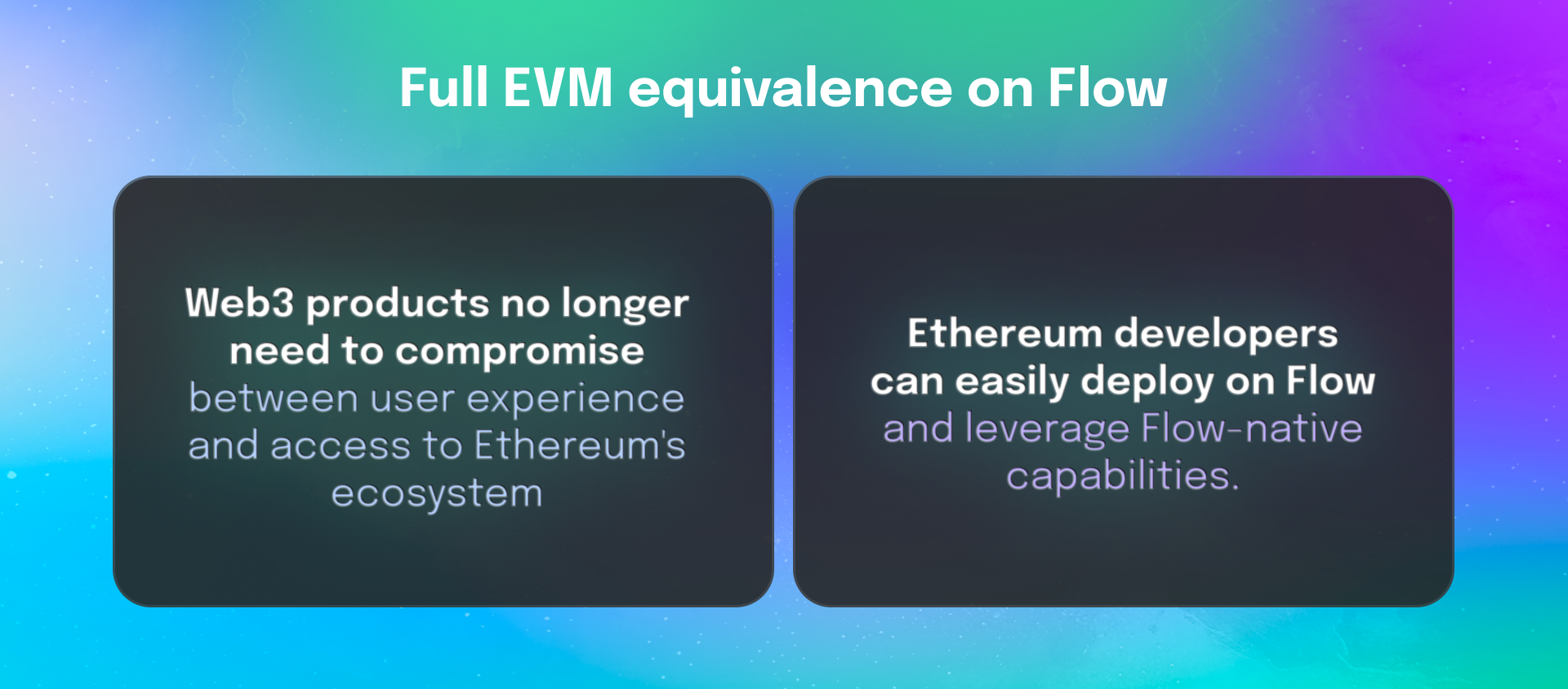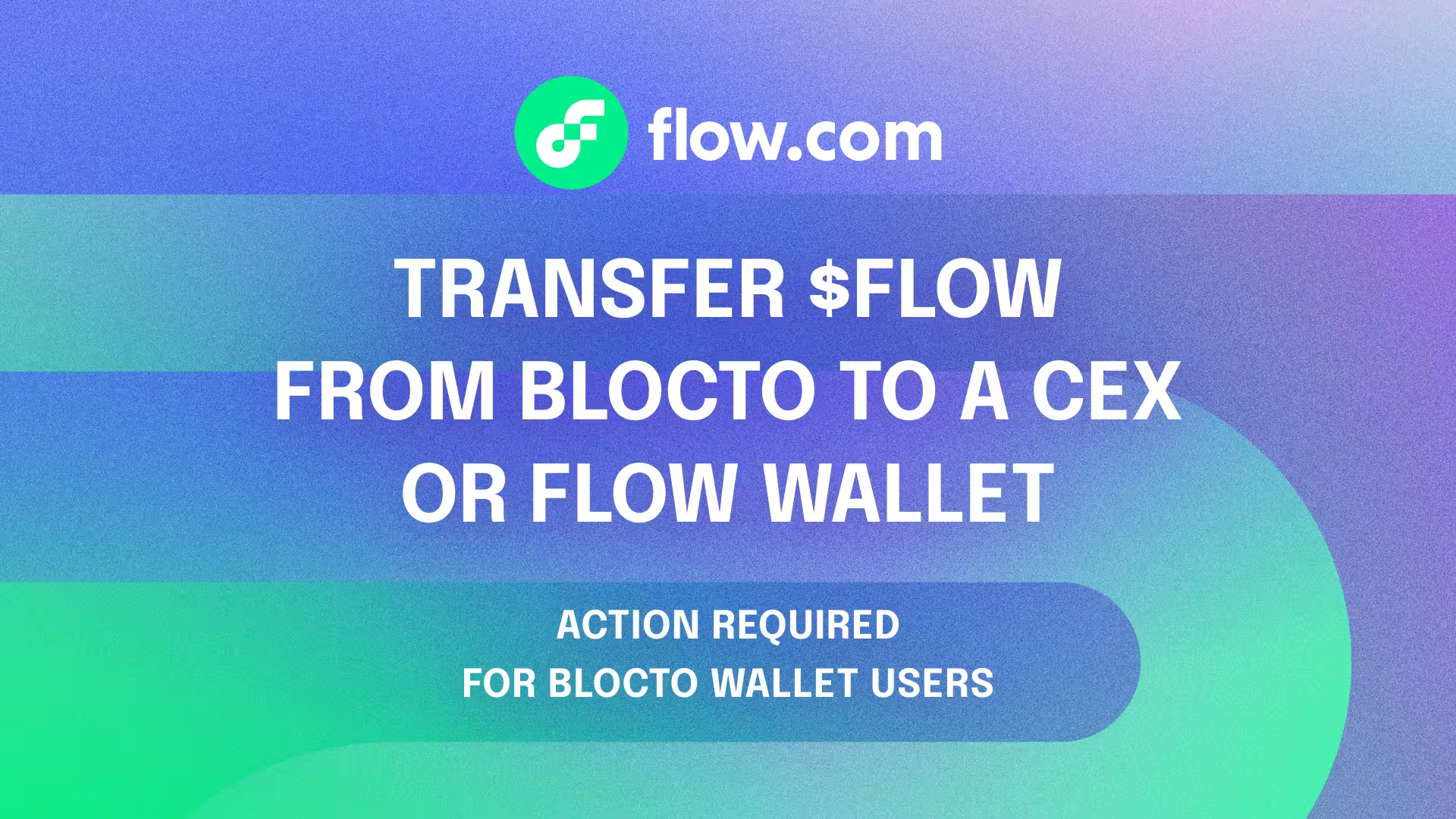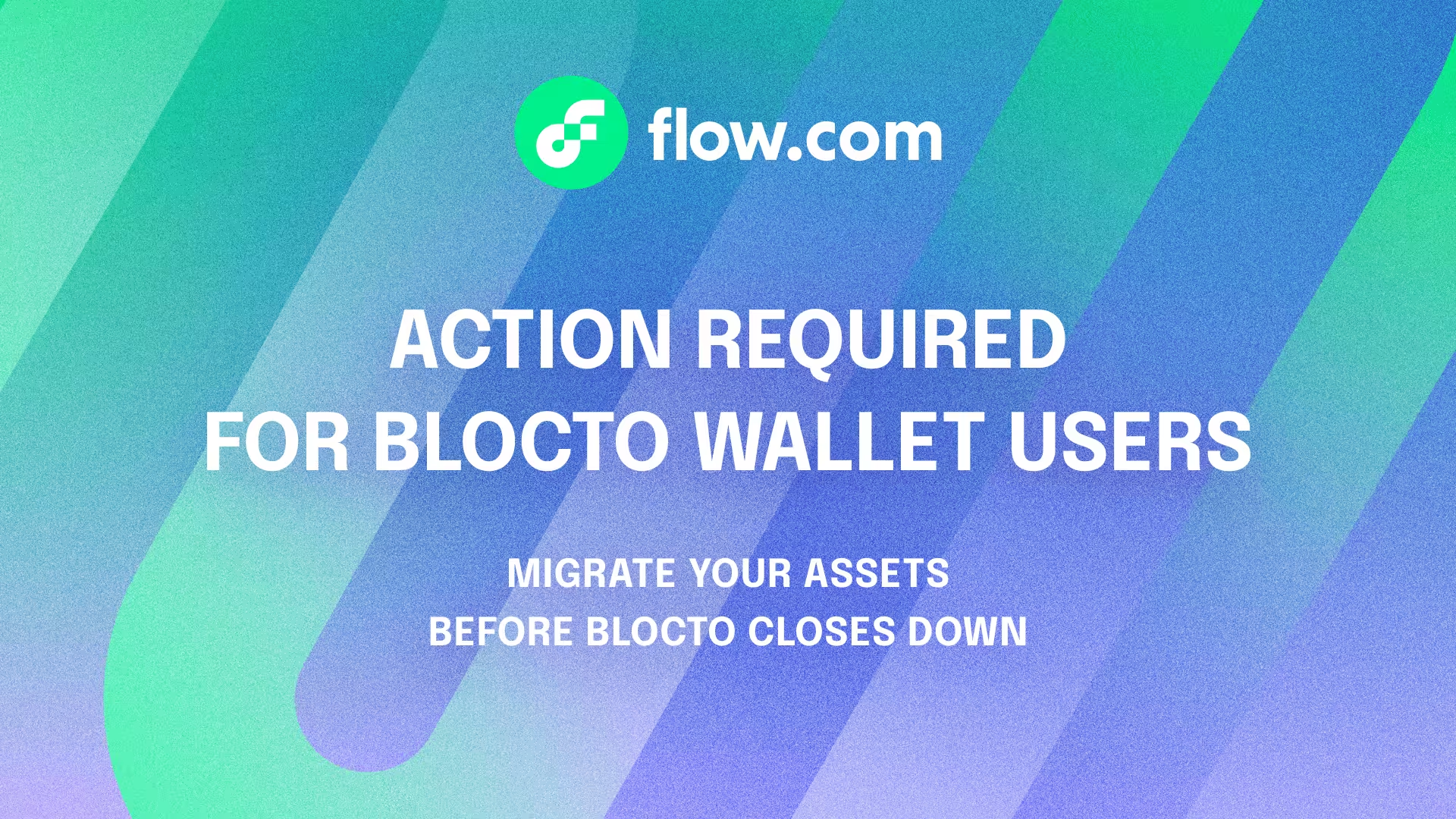
The Crescendo upgrade, deployed to Flow Mainnet on Wednesday, September 4th, 2024, marks the most significant enhancement to Flow since the network's launch. The upgrade introduced full EVM equivalence (access Ethereum’s liquidity and infrastructure!) alongside major stability upgrades (all future Cadence code is backwards compatible!) and performance improvements (a block time of 0.8 seconds!).
As the Chief Architect of Flow, I'm thrilled to share how Crescendo has exceeded our expectations in multiple areas. This upgrade represents over a year's worth of improvements to Flow's codebase, enabling technical achievements that amazed even the team that implemented the improvements.
Here are the most surprising technical achievements since Flow upgraded to Crescendo.
Flow is faster than anticipated
One of the most delightful surprises seen with Crescendo was the dramatic reduction in latency. While we didn't explicitly set out to reduce block time, our efforts to clean up technical debt and improve the build process led to significant performance enhancements.
Prior to Crescendo, the time between posting a transaction and seeing the result was approximately 7 seconds. Post-upgrade, this has been reduced to about 4 seconds—a 40% improvement! This boost in speed is partly due to our switch to a new underlying elliptic-curve math library, which was initially undertaken to simplify the build process and improve build times. These improvements stem directly from the resulting decrease in our block times, down to 0.8s from 1.5s; much faster than the industry average of 6s.
Flow is remarkably efficient
Efficiency improvements have been equally impressive. Since the Crescendo upgrade completed, Flow boasts:
- A 100% transaction success rate
- A 38% reduction in memory usage for managing blockchain state
These efficiency gains translate to real-world benefits: we can now store approximately 50% more data with the same hardware. This reduction in node operation costs opens up new possibilities for data storage in smart contracts.

Cadence 1.0 future-proofs smart contracts
Cadence, Flow's native smart contract language, has reached version 1.0 with this upgrade. This milestone release reflects years of developer feedback and introduces a number of game-changing features, most notably: forward compatibility. Any Cadence code deployed today is guaranteed to work on all future versions of the Flow network, eliminating the need for manual updates.
Since Crescendo's launch a week ago, Flow has seen an 18% increase in total contracts.
Full EVM equivalence unlocks the best of both worlds
Perhaps the most impressive achievement is the successful implementation of full EVM equivalence alongside Cadence 1.0. This feature allows any smart contract or protocol that works on Ethereum mainnet or an EVM L2 to function out of the box on Flow.
This means:
- Web3 products no longer need to compromise between user experience and access to Ethereum's ecosystem.
- Ethereum developers can easily deploy on Flow and leverage Flow-native capabilities.
We designed Cadence to be the best smart contract language, period, and I believe we succeeded. But not every project wants to start from scratch with new code, and the big surprise here is that we didn’t have to choose between the two. EVM code deployed on Flow is compatible with Ethereum while being interoperable (and extensible!) with the full power of Cadence.
Since Crescendo's launch last week, over 1,000 new EVM contracts have deployed on Flow.

Flow communities make an impact
The Crescendo update coincides with Flow Community Rewards, a new program locking rewards with on-chain and real-world prizes to encourage exploration of the many apps throughout the Flow ecosystem.
Since launching the preseason for rewards.flow.com:
- Nearly 24 million $FLOW has been locked into the program
- Approximately 735 million $FLOW is now staked in the wider ecosystem
.png)
Flow is ready for the next killer app
The Crescendo upgrade has ushered in a new era for Flow, characterized by enhanced speed, efficiency, and interoperability. These improvements position Flow as a leading blockchain for developers seeking to build innovative, consumer-grade Web3 experiences.
For developers looking to leverage these new capabilities, I encourage you to explore our updated documentation and join our community.
The future of Web3 is being built on Flow — and we're just getting started.


















